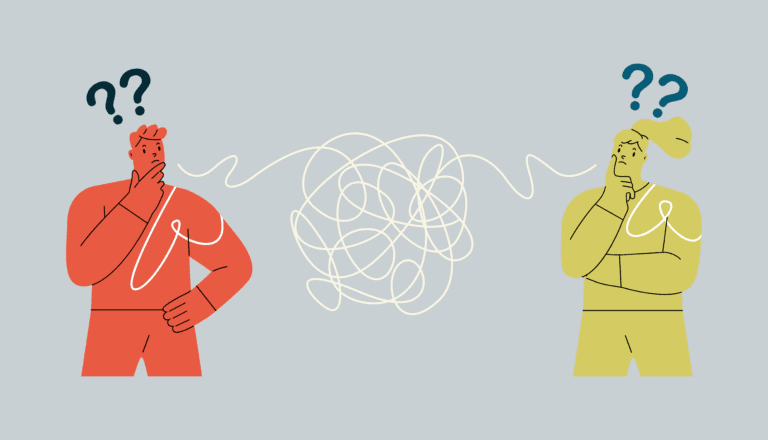
Automation…hmm, sounds like another buzzword blog post. Well, it’s not, ok. It’s the secret sauce that enables marketing teams to streamline work processes, reduce overhead, and devote more time to creative and high-impact tasks. However, not all marketing tasks are ripe for automation. This guide is designed to help you understand which marketing tasks are prime for automation and which require a human touch.
Before you start automating anything, it’s crucial to understand the automation technology available and its potential impact on your marketing operations. Automation tools can handle repetitive tasks, data processing, and customer interactions, freeing up your team’s time.
Identifying Tasks Suitable for Automation
Begin by listing out all your marketing tasks and then categorize them into the following groups:
By recognizing patterns in these groups, you can pinpoint where automation tools can save hours of manual labor.

Weighing the Benefits and Drawbacks of Automation
Automation can offer a slew of benefits like:
However, there are drawbacks to consider:
Now that you understand the benefits and limitations of automation, it’s time to examine the tasks that should be at the top of your automation list.
Email Marketing Campaigns
Email marketing is an example of a task that’s prime for automation. With the right tools, you can send targeted, personalized emails to countless subscribers with ease.
Social Media Posting and Monitoring
Social media is another area where automation tools shine. They can help maintain consistent posting schedules and gather data on social media performance.
Lead Scoring and Management
Automating your lead management and scoring processes can greatly improve your sales funnel efficiencies.

While automation can do wonders for efficiency, there are marketing tasks that should remain highly manual.
Content Creation
Despite advances in AI, content creation is one area where human creativity and understanding remain vital.
Building Client Relationships
Personal touch is critical when building relationships with clients and customers.
Data Analysis and Strategy Development
Interpreting data and planning strategic moves often require critical thinking and business acumen.
Automation can be a powerful ally in your marketing toolkit when used intelligently. The key is to recognize that while certain tasks can be automated to great effect, it’s the human creativity and understanding that give marketing its true value. By carefully assessing your workflow, balancing automation with personalized touches, and ensuring your team is well-trained, you can create a marketing powerhouse that maximizes efficiency without losing touch with your audience.


